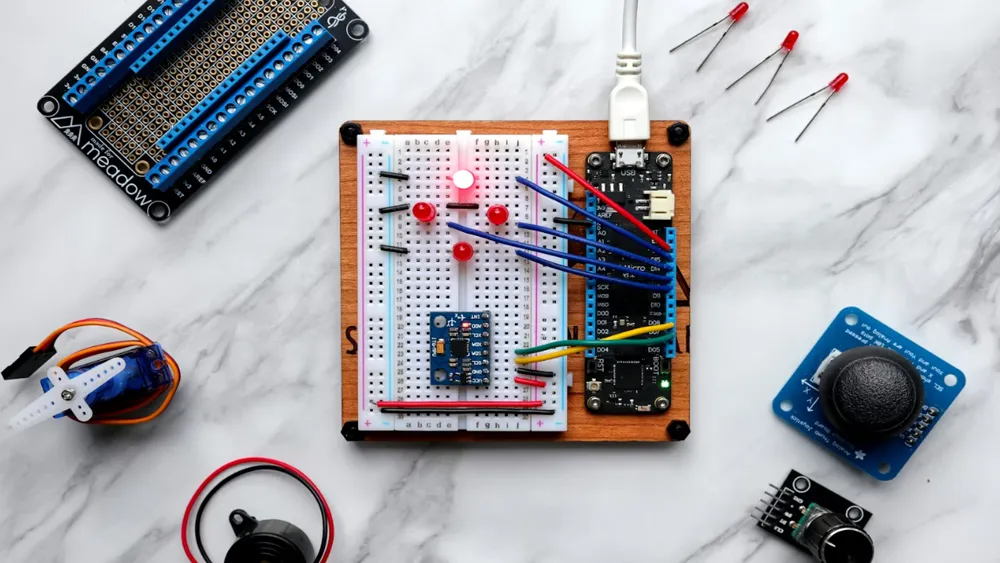
ISO 10993-5 Cytotoxicity Testing for Medical Devices
Importance of cytotoxicity testing
Cytotoxicity testing is used to evaluate the toxic effects of medical device materials or extracts on cells. It can pREDict potential cytotoxic reactions such as cell lysis, proliferation inhibition, etc. This helps ensure patient safety, preventing adverse reactions such as inflammation, tissue damage, or even cancer, while also meeting regULatory requirements. Regulatory agencies in various countries (e.g., FDA, EMA) require cytotoxicity testing prior to the market release of medical devices. Additionally, this testing can improve product quality, optimize design and production processes, reduce toxicity risks, and enhance market competitiveness.
Methods of Cytotoxicity Testing
1. MTT Assay: Based on the detection of cellular metabolic activity, living cells can reduce MTT to blue formazan crystals, reflecting cell viability. It is simple to operate and highly sensitive, but it can be interfered with by cheMICals.
2. Neutral Red Uptake Assay: Living cells can uptake neutral red, which accumulates in lysosomes, and the amount of dye uptake reflects cell viability. This method is specific, but it is influenced by factors such as pH and temperature.
3. Colony Formation Assay: Observing the ability of cells to form colonies offers a direct assessment of proliferation, but it requires a long experimental period and specific culture conditions.
4. Agar Diffusion Test: Observes the inhibitory effects of toxic substances released from medical devices on cell growth. The method is simple, but it can be affected by agar thickness and culture time.
5. Direct Contact Assay: Involves direct contact between medical devices and cells, realistically simulating contact situations, but it can potentially damage cells and affect the accuracy of the test.
Cytotoxicity Testing Standards
International Standards
- iso 10993-5:2009: An international standard widely used for medical device cytotoxicity testing.
- EN iso 10993-5:2009: The European standard, consistent with ISO 10993-5:2009.
- ASTM F 895-2016: A standard developed by the American Society for Testing and Materials for agar-based cytotoxicity testing.
Chinese Standards
- GB/T 16886.5-2017: Equivalent to ISO 10993-5:2009, covering multiple testing methods.
US Standards
- USP <88>: The biological reaction testing section of the United States Pharmacopeia, providing testing guidelines.
EU Standards
- MEDDEV 2.6/1: The EU guideline for medical device biological evaluations, specifying testing requirements.
Recommended Testing by JJR Laboratory
JJR Laboratory is fully GLP certified and equipped with advanced equipment, strictly following quality management systems to offer efficient and reliable cytotoxicity testing services, supporting medical device research and development. For detailed pricing and testing timelines for related medical device cytotoxicity testing, please contact us.
As technology advances, cytotoxicity testing methods continue to evolve, with new techniques such as gene chips and high-content screening improving evaluation accuracy. Meanwhile, testing standards are continuously optimized and integrated with disciplines such as immunology and genetics, providing more comprehensive safety assessments for medical devices.
Email:hello@jjrlab.com
Write your message here and send it to us
 What is Amazon TIC and How Can Sellers Achieve Com
What is Amazon TIC and How Can Sellers Achieve Com
 2026 Battery UN38.3 Certification (Test Report) &a
2026 Battery UN38.3 Certification (Test Report) &a
 What is the IEC 62680 Standard? Compliance Interpr
What is the IEC 62680 Standard? Compliance Interpr
 Amazon Japan December Compliance Requirements
Amazon Japan December Compliance Requirements
 How to Check a CPSC-Accepted Laboratory?
How to Check a CPSC-Accepted Laboratory?
 WEEE Registration for Waste Electrical &Electr
WEEE Registration for Waste Electrical &Electr
 MSDS Chemical Safety Testing
MSDS Chemical Safety Testing
 What Are the Differences Between UK REACH and EU R
What Are the Differences Between UK REACH and EU R
Leave us a message
24-hour online customer service at any time to respond, so that you worry!




